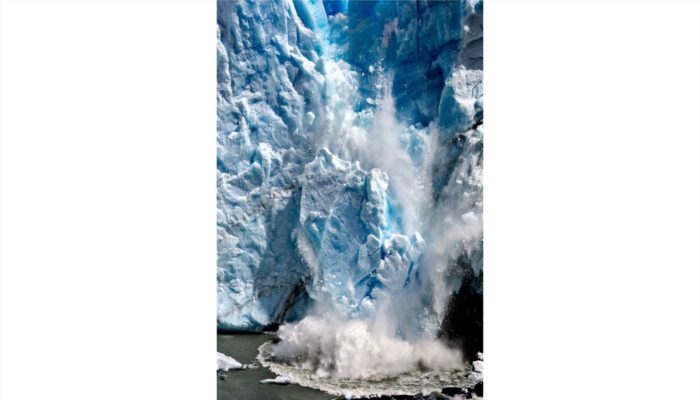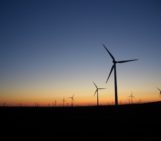
In 2010 EGU held our first annual Photo Competition at the General Assembly in Vienna. Since then hundreds of photos have been shared on imaggeo by geoscientists and researchers just like you, with a lucky few being selected each year to be highlighted during the meeting and voted on by our members.
These images can be of anything to do with geology or geoscience – we get many beautiful landscape images, but you can also upload laboratory images, fieldwork images, hand samples or microscope images; even videos! The winners are awarded a free registration to the EGU General Assembly the following year and you can share an image taken at any time – they don’t have to be just from the last year – we even accept historical images, as long as you have the rights to share them! For more information visit the 2022 Photo Competition announcement page.
The beautiful colours and struuctures of ice, whether as part of a glacier, on the water or in any other form is often a popular choice for our Photo Competition entrants. The most striking and impactful examples of these use the moment captured by a lens shutter snap to tell a story, as Christian Massari did with his winning photograph from 2015 of an ice block falling from the front of the Perito Moreno mountain glacier, taken during a study examining the reaction of mountain glaciers to global climate change.
Mountain glaciers are known for their high sensitivity to climate change. The ablation process depends directly on the energy balance at the surface where the processes of accumulation and ablation manifest the strict connection between glaciers and climate. In a recent interview for the Guardian, Bernard Francou, a famous French glaciologist, has explained that the glacier depletion in the Andes region has increased dramatically in the second half of the 20th century, especially after 1976 and in recent decades the glacier recession moved at a rate unprecedented for at least the last three centuries with a loss estimated between 35% and 50% of their area and volume. The picture shows a huge fall of an ice block of the Perito Moreno glacier, one of the most studied glaciers for its apparent insensitivity to the recent global warming.
Description by Christian Massari.
Imaggeo is the EGU’s online open access geosciences image repository. All geoscientists (and others) can submit their photographs and videos to this repository and, since it is open access, these images can be used for free by scientists for their presentations or publications, by educators and the general public, and some images can even be used freely for commercial purposes. Photographers also retain full rights of use, as Imaggeo images are licensed and distributed by the EGU under a Creative Commons licence. Submit your photos at http://imaggeo.egu.eu/upload/.



